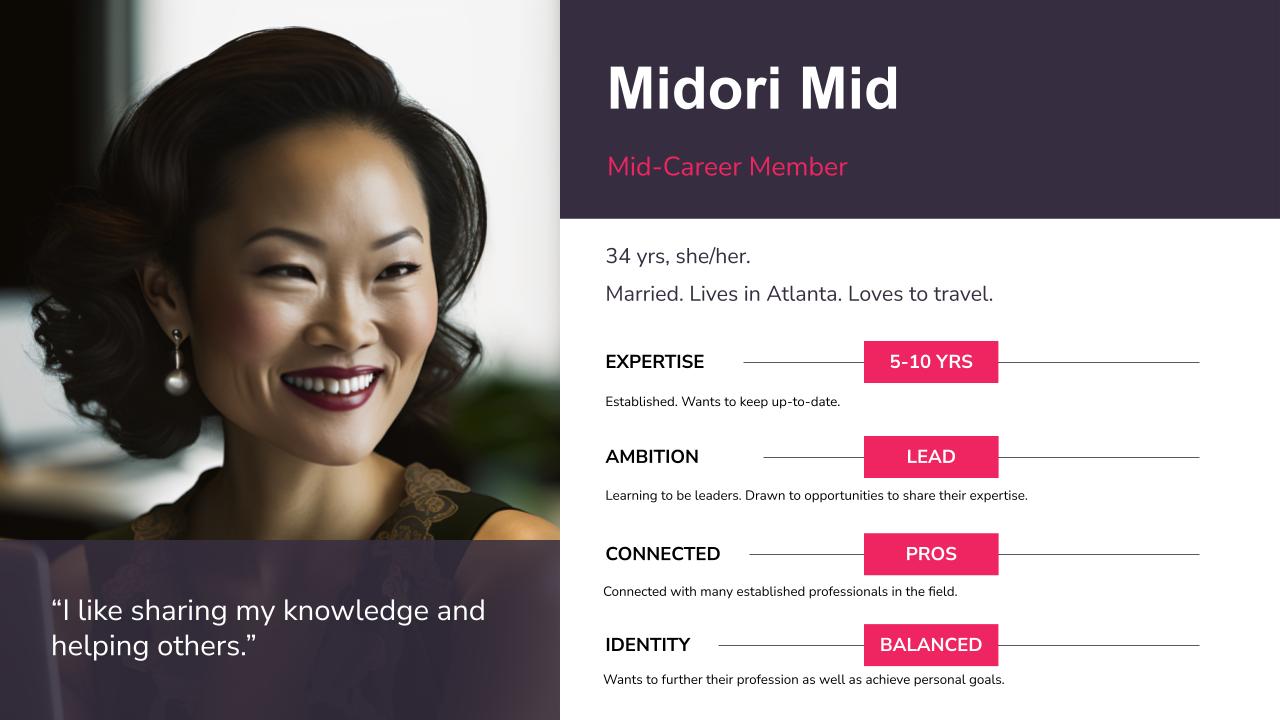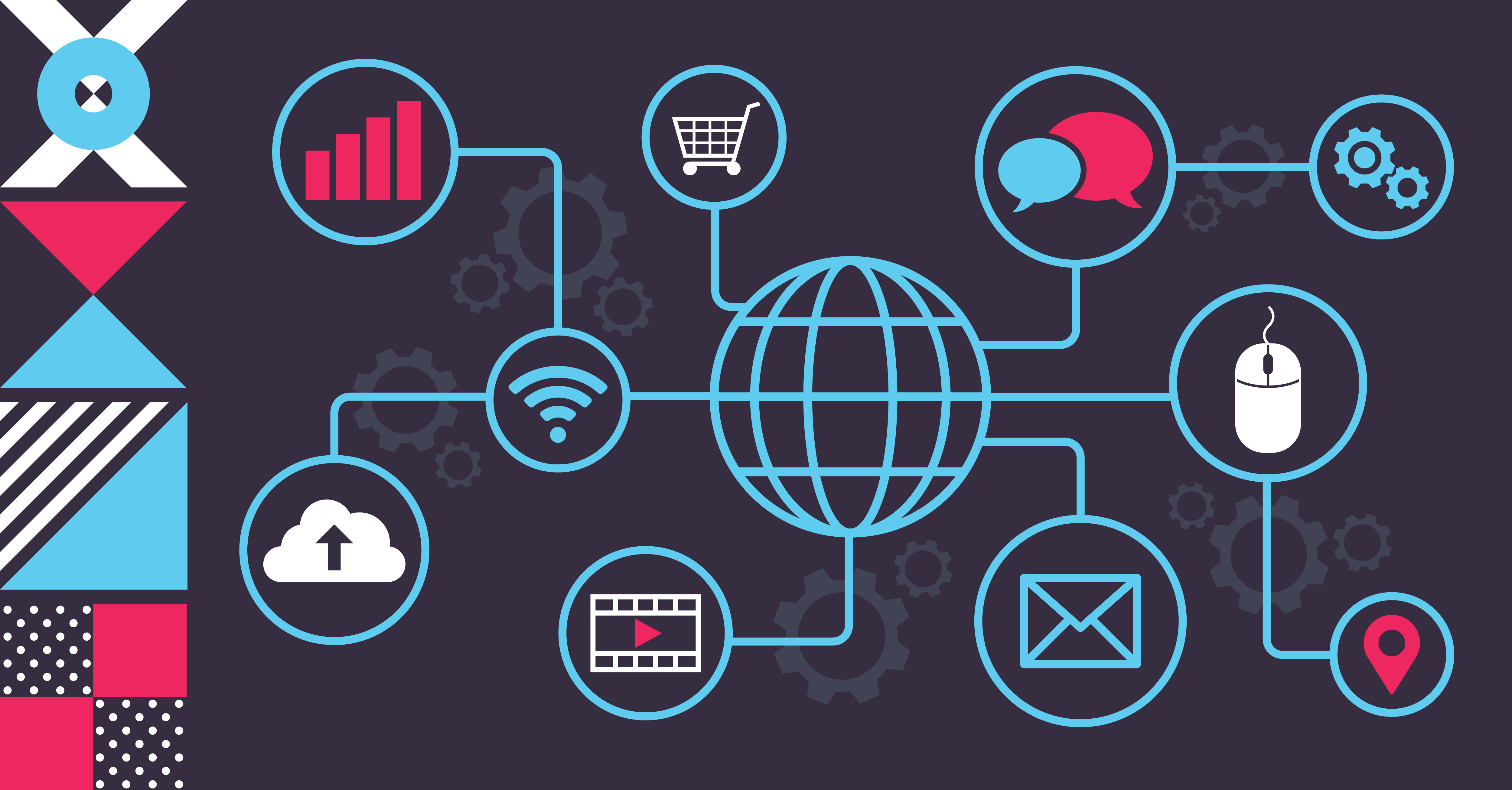
Enhancing MX: 4 Steps to Develop Member Personas

The first customer personas were introduced in the 1980s by Alan Cooper, a pioneering software developer. Frustrated by the lack of knowledge software developers had about their users, he created personas to help them better understand them—and improve their experiences.
Fast forward 40 years, and customer personas are used by nearly every business, in nearly every industry, for nearly everything imaginable. From consumer product developers to healthcare providers, organizations of all types recognize that putting themselves in their customers' shoes can improve their marketing, sales, solutions development, and service.
So, why wouldn't associations do the same? Creating member personas can help you get a handle on the specific traits and characteristics that influence your members' wants, needs, and decision-making. With those insights, you're better equipped to create a member experience that drives revenue, retention, and engagement.
What is a Member Persona?
Simply put, a member persona is a fictional representation of an association's ideal member based on real data and research. Member personas can help you more precisely identify your members' needs, wants, and goals so you can create products, programs, services, and experiences that inspire greater engagement, satisfaction, and loyalty.
The benefits of developing member personas include:
Amplifying your marketing efforts. Understanding your target member can help you create more effective and influential marketing campaigns. Personas can point you to the right channels to reach the right members with messages that resonate.
Expanding your product and program development. Personas can highlight the resources your members need, the experiences they desire, and the problems they want to solve. These insights can help you fine-tune your existing offerings and create new offerings to meet members' needs and seize untapped opportunities.
Enhancing the overall member experience. Getting a better grasp on your members' wants and needs will result in a better member experience at every touchpoint—from onboarding to everyday customer service. Your personas can help you evaluate the current experience, identifying ways to improve how you engage with members and how they engage with you.
How to Develop Member Personas
Creating member personas sounds like a complex undertaking, but it can be surprisingly simple (and fun!). These 4 steps will set you down the path to persona development.
- Assemble your advisory team. Create a team of experts who have a deep understanding of your members. These SMEs will contribute quantitative and qualitative data (as well as creativity) to your persona development. Engaging a variety of stakeholders for input is an example of the advice process at work: you'll gain insights and perspectives from those with opinions and a high degree of expertise, assess all the input, and arrive at realistic and detailed personas.
- Think inside the box. Brainstorming often tempts us to think outside the box, but persona development requires us to think of real people we know. Consider their objectives, emotional drivers, frustrations, and jobs to be done. Be creative, but remember that personas should be based on real data and research. So, as much fun as the team may have compiling their friends' and family members' habits and traits, back up assumptions with data like member demographics and feedback from surveys or interviews.
- Create your characters. Your member personas should be identified by age, gender, geography, and career stage. Consider also their areas of expertise, their ambitions, and how they identify their professional goals. Then, give your member personas names and pictures to make them memorable. For example, Midori Mid is a mid-career member who is 34 years old and lives in Atlanta. Her expertise is well-established, and she wants to stay up-to-date on industry knowledge. On her leadership journey, she's seeking opportunities to mentor newcomers and connect with other well-established professionals in her field.

- Divvy up the details. When you begin persona development, you'll want to start with as much detail as you can, then pare it back. In the end, you'll be sharing your member personas with different people who desire different levels of detail. Meeting the needs of each stakeholder may require you to create materials that range from hyper-specific to summary level. Consider creating:
- A one-slide summary of all your member personas with a one-line description of each.
- A summary slide for each persona with limited detail, such as name, career stage, and objectives.
- A detailed slide for each persona with more detail, such as emotional drivers, frustrations, and metrics that matter to them.
- A spreadsheet that includes all the details originally created by the team.
- Follow your member personas' journeys. Your member personas should 'behave' like actual members. That is, they should evolve and change over time. Bring your advisory team and other key contributors together regularly to assess how the environment has shifted and analyze new data you've compiled. Discuss how these new insights may have changed your members' wants, needs, and objectives. Updating and improving your member personas over time will help you keep pace or stay ahead of trends.
Member Personas and Learner Profiles
Chances are good at least one group in your association has already engaged in a form of member persona development: your learning and education team.
Instructional designers have long used learner profiles to understand their target audiences better. There are many similarities between learner profiles and member personas, ranging from their data-driven development to their fictional character representation. Both persona types include information about a member's age, gender, location, interests, challenges, and needs. And both can be used to create a more relevant and desirable member experience.
When you embark on the effort to develop member personas, engage your learning and education team from the start—they likely already have important insights to lend.
Associations' ability to thrive depends on understanding—and responding to—their members. Developing member personas is one of the surest ways to uncover your members' expectations and shape your offerings to match.
In a follow-up article, we'll help you bring your member personas to life with specific ways to use the characters you've created to enhance the member experience.
-----------




